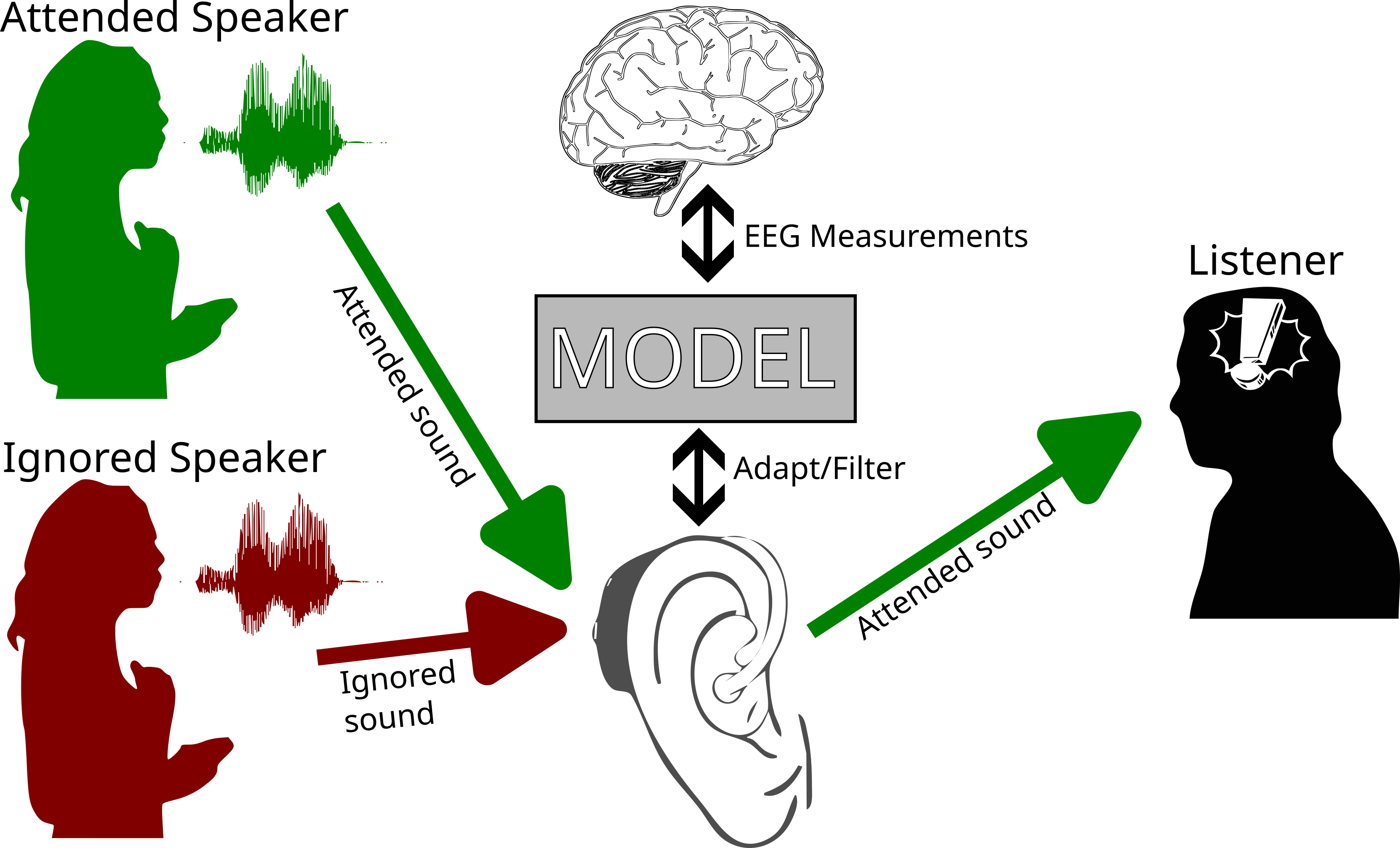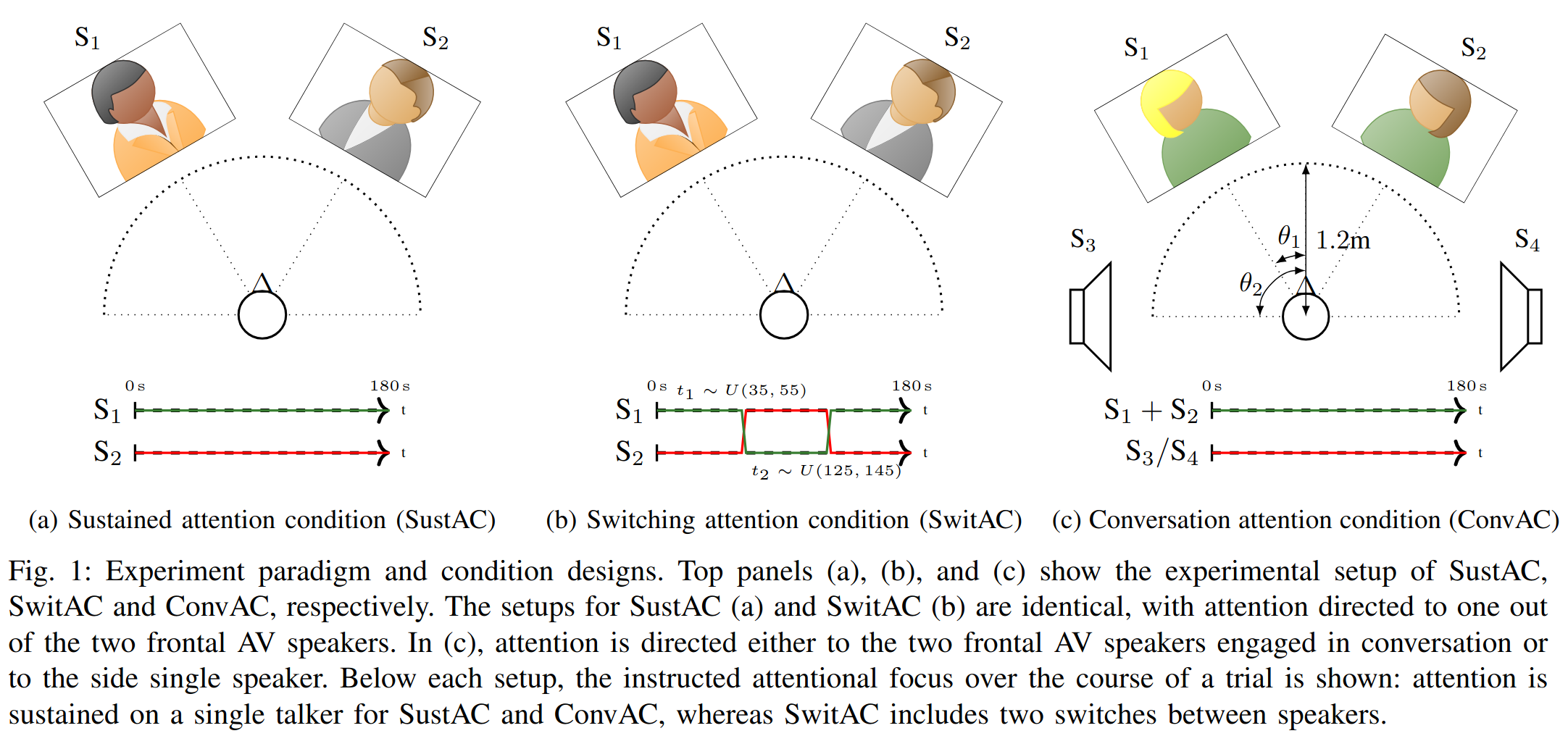PhD PROJECT: Solving the cocktail party problem
When we are kids we are taught that the ear is the organ that does the hearing in our body. In reality, this is not the case. Our perception of what we hear is a result of cognitive processing in the brain. In everyday life the auditory experiences are highly varied. One particularly straining scene is when multiple speakers are present in the same room as the person you are trying to listen to. This can happen in meetings at work, during morning commutes or a cocktail-party. The last example has inspired the name of the natural ability of our auditory system to subliminally focus on a particular speaker: the cocktail party effect.
Although picking out single speakers in noisy environments can be straining, normal hearing individuals are able to solve the cocktail party problem. However, for people with deteriorating hearing and hearing aid users this ability can be heavily encumbered. Tiredness and wanting to disconnect is common for hearing aid users, where the user turns the device off after being in a multiple speaker situation for too long. This is because the cocktail party effect does not come as naturally. Perhaps you even have experienced this with an older relative.
My PhD work aims to develop methods for looking at measurements of brain activity when people are attending specific people in multi-speaker scenarios. With novel analysis methods it is possible to track the time and location of brain activity, in relation to the speech heard. In addition to this, it is also possible to work out which speaker a certain person is listening to.
As described by the figure below, by measuring brain signals through electroencephalography and relating these signals to concurrent speech features, one can work out the most likely speaker.

Dynamic Tracking of Auditory Attention
This work used the data second condition of the experiment described above, and aimed to solve problem of working out the direction of attnetion at each point in time.
This is harder than doing it over time, since the amount of data to base guesses on is less.

